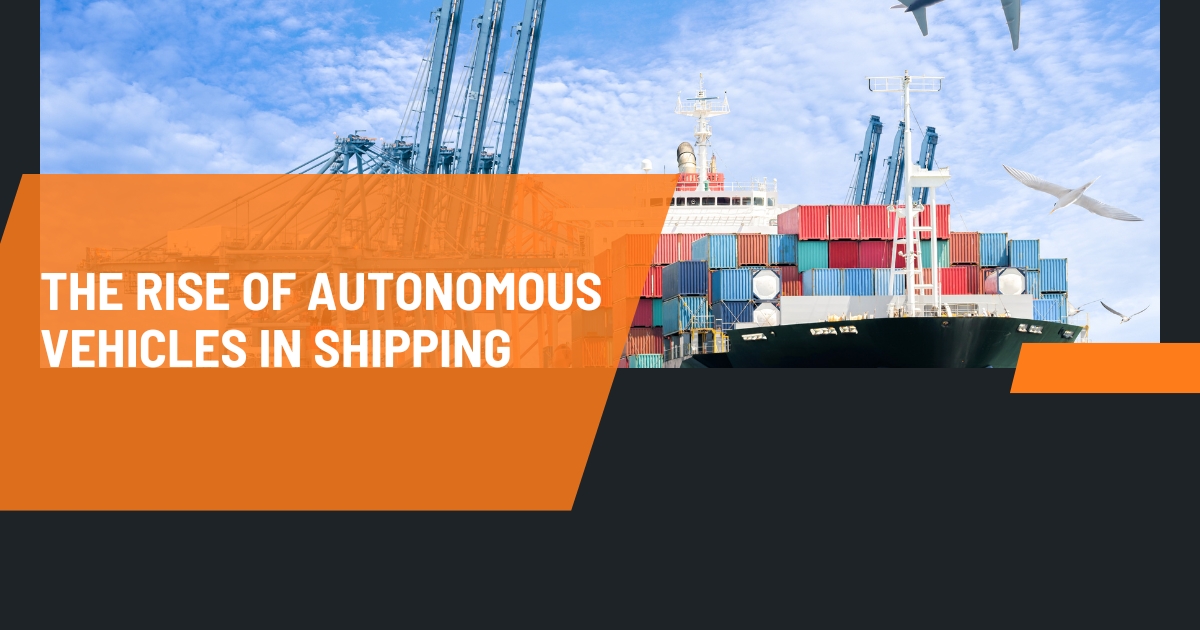
Introduction
The logistics and shipping industry is about to undergo a technology revolution — and the star of the show is autonomous vehicles. From unmanned freight ships to autonomous trucks, automation is transforming the way goods move across the globe. What was once sounding like something out of this world is now on the brink of becoming a working reality, and it may get shipping cheaper, faster, and safer.
The Shift Towards Automation
The world supply chain has in the past been marred by shortages of drivers, high fuel costs, and late deliveries. Logistics companies have adapted to this by shifting towards artificial intelligence (AI) and automation to make transport smoother. Driverless vehicles, powered by cameras, sensors, GPS, and AI systems, can drive along routes, identify roadblocks, and deliver cargo with minimal human interference.
Industry players like Tesla, Waymo, and Embark are also testing autonomous trucks, while players from the shipping sector like Rolls-Royce and Yara Birkeland are developing autonomous cargo ships. These technologies aim at eliminating human error — one of the main causes of shipping accidents — and improving transportation efficiency.
Benefits of Autonomous Shipping
- Enhanced Safety
Autonomous vehicles can drive around the clock without fatigue, distraction, or mistakes, resulting in safer transportation of goods and fewer chances of accidents.
- Cost Savings:
Automating allows businesses to cut down on labor expenses, fuel usage (via optimized routes), and maintenance time — aggregating considerable cost savings in the long run.
- Increased Speed and Reliability:
Driverless cars can drive 24/7, providing quicker deliveries and increased dependability in supply chain management.
- Environmental Impact:
Smart driving software and electric self-driving fleets can lower fuel usage and emissions, contributing to the creation of cleaner shipping methods.
Challenges and Issues
Some challenges and issues still exist in spite of the potential:
- Regulatory and Legal Challenges: Current law is not able to yet accommodate driverless cars on roads or navigable waters.
- Cybersecurity Threats: Driverless systems can be hacked and invaded with data, which can compromise cargo and routes.
- High Upfront Expenses: Construction and deployment of autonomous fleets require massive amounts of capital.
- Public and Labor Concerns: Public acceptance and job displacement are ongoing challenges for the industry.
The Future View
As technology advances, autonomous shipping will become increasingly prevalent. Industry analysts predict hybrid systems of human operators and AI-driven autos — eventually giving way to pure autonomous operation — within a decade.
Moreover, the integration of autonomous technology with blockchain and IoT (Internet of Things) can create transparent, traceable, and highly efficient supply chains. This will not only maximize control of operations but also maximize accountability and sustainability in global trade.
Conclusion
The arrival of autonomous trucks is an epoch-making era for the shipping and logistics industry. While challenges are many, the potential benefits — improved safety and speed to reduce costs and emissions — are too immense to ignore. The shipping industry of tomorrow is not merely automated but also smart, interconnected, and green.
